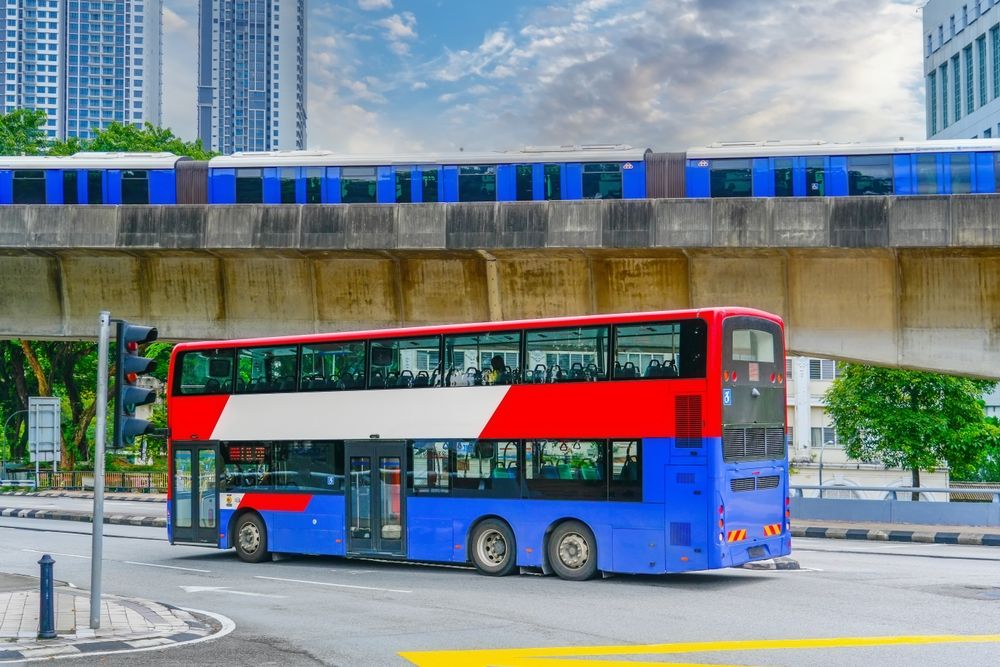Mastering the use of public transportation in a new city can be both an exciting adventure and a practical strategy to enhance your travel experience. Not only does it save you money, but it also provides a deeper experience and immersion into the local culture and daily lives of residents. Whether you are a seasoned traveler or embarking on your first journey, navigating a city’s public transit system can appear daunting. However, with the right approach and mindset, it can become one of the most enriching parts of your trip.
Research and Planning
Preparation is crucial for making your public transportation experience seamless. Begin by researching the public transit options available in your destination city. Most metropolitan areas offer a combination of buses, trains, and subways. Some may also provide trams, ferries, or bike-sharing programs. The official website of the city’s transit authority is often your best resource for accurate and up-to-date information, including maps, schedules, and ticketing options. Many cities also offer transit apps that provide real-time updates on schedules and service changes.
If possible, obtain a digital or printed map of the transit system. Familiarize yourself with the key routes that connect major tourist attractions, your accommodation, and other areas you plan to visit. It’s helpful to identify major lines and stations, as these often have the most frequent services and connect multiple parts of the city.
The Ticketing System
Grasping the ticketing system is essential for avoiding unnecessary costs and frustrations. In most cities, you can purchase tickets at stations or via mobile apps. Look into the various ticketing options available. A single-use ticket might be convenient for a quick journey, but if you plan to use the system frequently, you could save by purchasing a day pass or a multi-day card. These options usually offer unlimited rides within the validity period, providing excellent value for avid explorers.
Some cities have adopted contactless payment systems where you can use your debit or credit card directly at the turnstiles, adding convenience and saving time. Study the pricing structure, which may differ based on zones, time of day, or specific routes, to ensure you select the most cost-effective ticket for your needs.
Embracing Mobile Technology
Smartphones have transformed the way we travel, and downloading transit apps can significantly enhance your public transportation savvy. Most metropolitan transit systems now offer official apps that provide comprehensive resources, including real-time tracking, route planners, fare calculators, and service alerts. Third-party apps like Google Maps or CityMapper are also highly reliable, offering multi-modal journey planning and user reviews that provide valuable insights from fellow travelers.
Staying connected is crucial. Consider investing in a local SIM card or an international data plan before you travel. Being able to access apps and maps on the go not only makes navigation easier but can prevent minor detours from turning into major mishaps.
Navigating Like a Local
Getting to know a city’s public transportation system often involves some trial and error. Learning the local norms and behaviors can help you blend in and make the most of your experience. Observe and respect the local customs, such as queuing, giving priority seating to those in need, and maintaining a respectful volume. Pay attention to scheduled service updates or disruptions that might affect your plans.
Avoid traveling during rush hours if possible, as this can lead to crowded conditions and increased stress levels. Early mornings and late evenings often present a more relaxed atmosphere, allowing you to enjoy the journey rather than rush through it.
Safety First
Safety should always be a priority when using public transit in a new city. Researching local safety tips, such as which lines or stations to avoid after dark, can go a long way in ensuring a secure experience. Keep your belongings close and be aware of your surroundings to protect against pickpocketing, which can be common in crowded spaces.
Traveling with a group or a companion can provide an added layer of security, but solo travelers need not feel deterred. Exercise the same caution you would in any public area and stay vigilant yet respectful of your environment.
Befriending Locals
Striking up conversations with locals can lead to recommendations that you might not find online. Residents can offer insider tips, such as lesser-known routes that avoid traffic or popular eateries near transit stops. While language barriers may seem discouraging, many locals appreciate when tourists make an effort to communicate, even if it’s just a friendly greeting or thank you in the local language.
Exploring Beyond the City Center
Public transportation can provide the flexibility to explore areas beyond the typical tourist hubs without the need for a rental car. Visiting suburban neighborhoods, nearby towns, or picturesque countryside landscapes can offer a refreshing perspective and a break from the urban hustle. Research potential day trips that are accessible by train or bus and integrate them into your itinerary for a richer experience.
Many cities have excellent long-distance train networks connecting them to other cities or regions, which can sometimes be more efficient than flights. Taking advantage of these services can open up a plethora of travel opportunities without necessitating the logistics of air travel.
Environmental Impact
Apart from the personal benefits of cost savings and cultural immersion, using public transportation significantly reduces your carbon footprint compared to using private vehicles. Supporting transit systems can also contribute to the sustainable development of the city, promoting better infrastructure and service improvements over time.
Adapting to Challenges
Mastering public transportation in a new city won’t always be a smooth ride. Unexpected challenges may arise, like service interruptions or route changes, especially during holidays or festivals. Patience and flexibility are your best allies. Allow buffer time for travel and consider backup routes or modes of transport.
Engaging in positive reflection can also be a powerful tool. Instead of viewing setbacks as obstacles, consider them opportunities for growth and learning. Navigating public transit can foster confidence and independence, skills that enhance not only your travel experience but also everyday life.
Every city offers a unique opportunity to learn about its people, culture, and history through its public transportation system. From the iconic red buses of London to the intricate subway systems of Tokyo, each presents its own distinct challenges and rewards. By preparing ahead, embracing local customs, and staying adaptable, you can transform the complexity of public transportation into a rewarding component of your travel adventures. Such mastery not only deepens your connection to the city but also enriches your journey with stories and experiences that you’ll cherish long after you’ve returned home.



